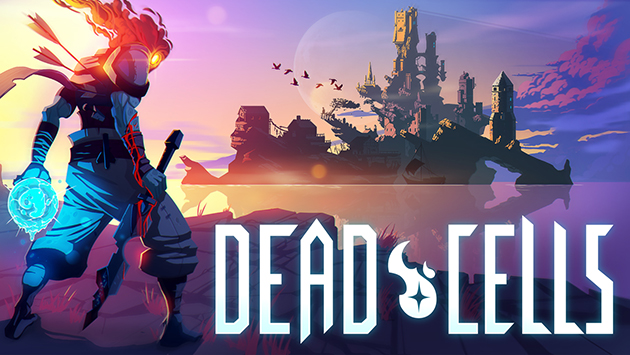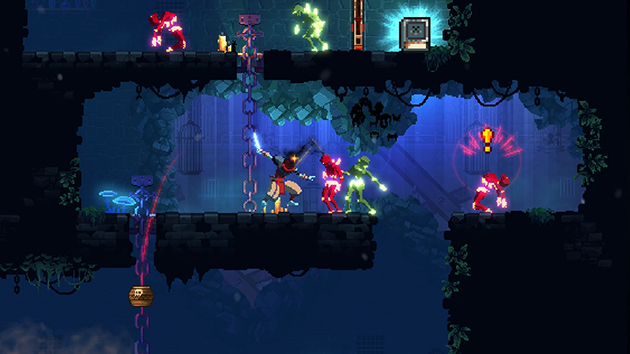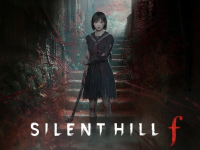
 There is a trend to make games today more forgiving than in the past. Where previously you might have to start the whole level again, now you are simply whisked back to the last checkpoint to try again. Gladly, there are some games which are making a real effort to buck this trend and put the challenge back into gaming. Dead Cells is just such a game. Read on to find out what we thought of this challenging pixel art platformer…
There is a trend to make games today more forgiving than in the past. Where previously you might have to start the whole level again, now you are simply whisked back to the last checkpoint to try again. Gladly, there are some games which are making a real effort to buck this trend and put the challenge back into gaming. Dead Cells is just such a game. Read on to find out what we thought of this challenging pixel art platformer…
Dead Cells started out, like a lot of indie games in a competitive marketplace, by bringing out an early access game and then looking to improve and rework it through feedback from the community. This has allowed the game to grow to what it is today which is a nicely polished version 1.0.
The central idea of Dead Cells is to create a game which takes advantage of the standard checkpoint and re-spawn system to create an entirely new playthrough every time. The map is procedurally generated, so while parts of it will feel familiar you don’t know what’s coming up around the next corner. In this changing world, you play a reanimated corpse of a long dead inmate and a mythical prison. The game launches right in by throwing into this body and giving you some on screen prompts for the main controls before sending you off to your death. And you will die. A lot. The challenge of the game is to use that life and death sequence to improve your fortunes the next time around.
When you first start out, you are given the option of a couple of basic weapons to choose from: a sword and either a shield or bow. This has a big impact on how you play the game. Will you try and take things slow and attack from a distance before moving in for a kill once an enemy is weakened? Or will you charge in all guns blazing to batter your opponents into submission? I really enjoyed this variance in the play style. Even if I mainly played with a bow and sniped enemies from a distance, it was really good fun switching things up to create some havoc with my sword.
Now, this game of “die and repeat” may sound incredibly challenging or that it would get old very quickly. The clever part of how this game was developed is the unlockable system which over time allows you to keep certain skills and items which will help you get further and further into the game. The way this system pulls you into one more run through was compelling. I found it very difficult to put this game down once I’d started. I played this game on both the PC and on the Nintendo Switch and I found it certainly suited a controller more than a keyboard and mouse. In fact, I’d go so far as to say there is little way to play this game with anything other than your controller of choice.
The pixel art style may not be the most impressive of graphical styles but that doesn’t mean this game lacks beauty. The developers have really bought into this and by using a less demanding style, they have allowed themselves more grunt elsewhere to create those constantly changing levels. One of the greatest features of this game. You never do quite know what’s coming next.
The only niggles I did find was the lack of tutorial to break you into the game and introduce you to the concepts and moves to keep you alive. I understand this is part of the challenge and gets you experimenting with button presses but a couple more tips would have been nice, or even a glossary of tips. My only other whine was the lack of story in the early game. I know this is an action game, so background info is naturally limited but a little more explanation about what my character was doing in prison would have been nice.

All round I thought this game was a brilliant example of what a smaller indie developer can do when they have the time to work on an interesting concept. The level design was a real highlight for me and the combat controls were well thought through. I ploughed a lot of hours into this game and I’m sure I’ll be playing for many more.

Author: Rob, Brighton store





